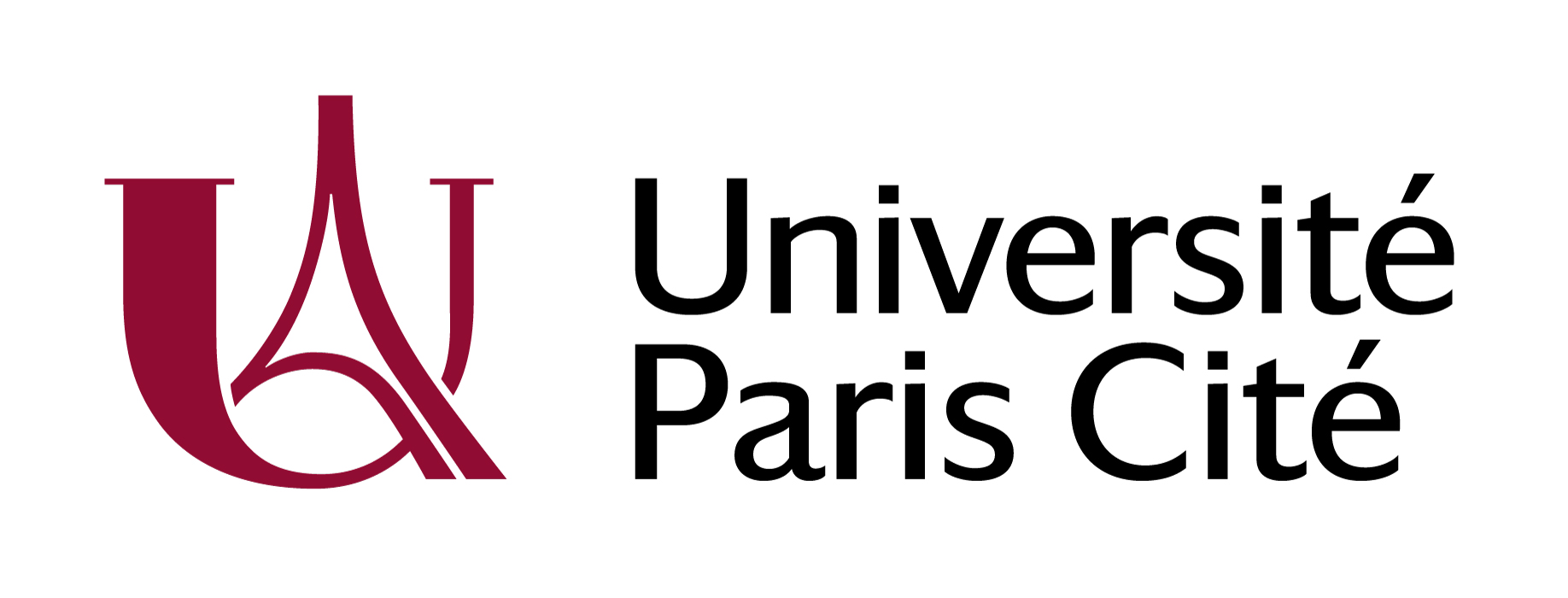A Reference-based Theory of Phraseological Units: the Evidence of Fossils
Résumé
In this paper we examine the unique lexical items in the expressions beck and call, by dint of, a moot point, and to take umbrage. We compare the collocational clusters of these lexical fossils with those of their 'unfossilised' counterparts in the British National Corpus. According to the linear model of phraseology, these items can be situated at the frozen end of the 'free combinations - pure idioms' continuum. However, we find that it is preferable to discuss these expressions in terms of reference. Basing our arguments loosely on Peirce's semiotic theory of signs, we distinguish between 1) denominators (either simple or complex referring expressions) and 2) interpretants (discursive constructions often thought of as free combinations, but in fact constrained by the principles of the lexicogrammar). The criterion of reference provides us with a more nuanced framework for discussing a range of phraseological phenomena without having to take into account in the first instance their syntactic or semantic status.
Domaines
Linguistique
Fichier principal
 Gledhill 2005 Reference-based Theory of Phraseological Units.pdf (103.5 Ko)
Télécharger le fichier
Gledhill 2005 Reference-based Theory of Phraseological Units.pdf (103.5 Ko)
Télécharger le fichier
| Origine | Fichiers produits par l'(les) auteur(s) |
|---|
